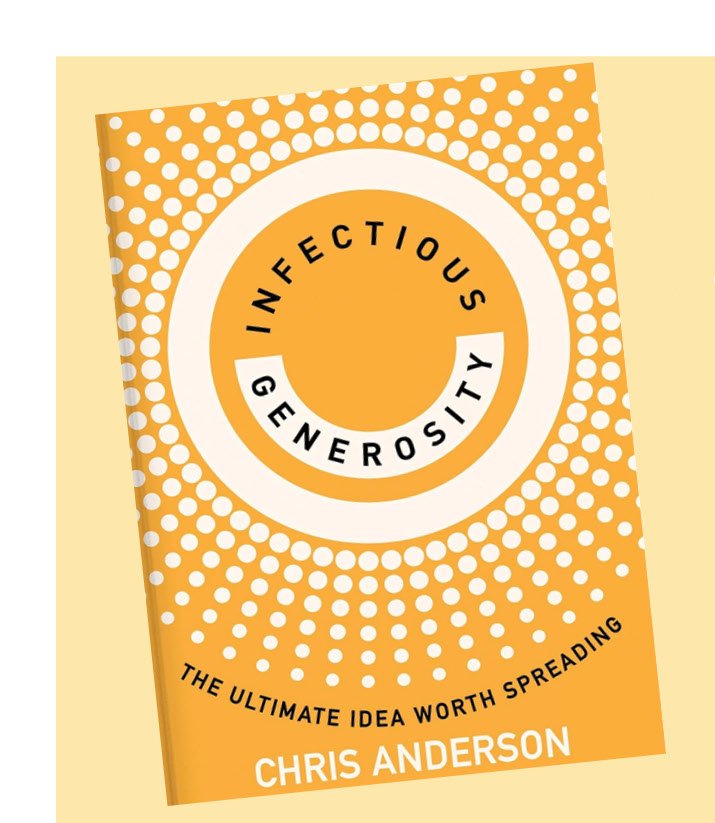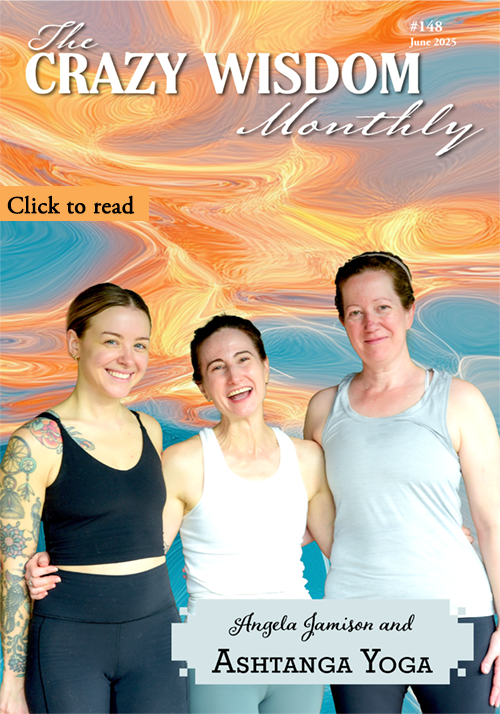By Christine MacIntyre
Many books praise the natural world, but none quite like Ed Yong does in his book An Immense World: How Animal Senses Reveal the Hidden Realms Around Us. He takes readers on a journey into the sensory bubble in which we live, examining the nuances between each creature’s unique perception. He explains this sensory bubble, or Umwelt, and how each being experiences the same environment differently. The result of this explanation, a book unlike others in its category, is surprising in that it regards an animal’s inner world as something worth contemplating.
Yong makes it clear from the onset that he is not interested in scientific explanations of animals, like how the study of animal senses lends to understanding human sensory systems or the reverse-engineering of animal senses to create new technologies. Instead, he explores animal senses as a method of understanding the lives of animals themselves. He says, “Animals are not just stand-ins for humans or fodder for brainstorming sessions. They have worth in themselves.” True to his word, his book reveals a world of animals and the miraculous nation among them.
Yong conveniently organizes the chapters around specific stimuli such as light or sound and “is a gateway into the varied things that animals do with each stimulus.” The chapters stray from the primary senses, examining color, pain, surface vibrations, echoes, magnetic fields, and more. However, as Yong takes readers through each chapter, he cautions that their perceptions and intuitions will likely stand in the way, limiting how far into animals’ Umwelt they can step. He asks readers to open their imaginations to optimize the value and glory of learning something new and unexpected. “…all is not as it seems, and that everything we experience is but a filtered version of everything that we could experience.” Readers’ worlds will expand and deepen, opening the mind to exploring animals’ worlds.
Chapter one dives into smells and tastes. Yong introduces readers to an expert on dog olfaction, or their sense of smell, with whom he discusses all things “sniffy and nasal.” The resulting text relays the world of a dog—how his prominent nose is his main interface with the world and how it works. Readers learn how dogs perceive smell and the similarities and differences between humans. Scientific evidence intersperses the text with statistics, data, case studies, and quoted text from experts. Further, the text conveys why the way animals smell and taste are phenomena worth exploring.
Chapter two explores vision and how various animals perceive light. Interestingly, the text reveals how humans’ perceptual biases come into play. For example, humans have sharp vision, which “muddies our appreciation of other Umwelten” because of the assumption that animals can see what we can see. This false perception prompts readers to wonder what other biased assumptions they make about the animal kingdom. Cows or chameleons, for example, view things drastically differently than humans, so one must ponder what it must be like for animals who don’t share humans’ relentlessly forward-facing visual field.
Yong manages to dispel assumptions about pain perception in chapter four, where he goes to great lengths to explain that not all animals experience pain in the same way humans do. Additionally, he demonstrates pain function. While highly subjective and variable across species, it’s imperative to understand pain among animals. “…We rarely distinguish between the raw act of sensing and the subjective experiences that ensue,” Yong explains. But understanding the constructs of pain “is a morally, legally, and economically vital matter, which affects our cultural norms around catching, killing, eating, or experimenting on animals.” Again, the explanation educates readers on why understanding this pain in animals matters.
Read More Book Reviews
Similarly, chapter six explains why the sense of touch among animals should be addressed. “…by considering how touch contributes to the Umwelten of different creatures, we will see sandy beaches, underground tunnels, and even internal organs in new ways.” Yong gives readers more than information; he gives them the gift of a deeper understanding of something so powerful that it can be life-changing in how they perceive the world. He explains how sea otters, star-nosed moles, birds, wasps, and manatees experience touch and how it shapes their world.
To tie all the chapters together and connect the dots for readers, Yong utilizes chapter 12 to explain that while we dissect each animal sense to understand their uniqueness better, animals combine and cross-reference information from each of their senses at once. “To truly appreciate Umwelten and to bring our voyage through the senses to a close,” readers should consider the entire picture. From the architecture and anatomy and how it works to how the form of an animal’s body defines its world and how “animals combine the sensory information from the outside world with that from inside their own bodies.” He closes this chapter with the heartfelt sentiment that even a partially successful attempt at understanding animals as a whole “will reveal wonders that were previously hidden to us.”
An Immense World is not a light read; instead, it is a curious deep dive into the animal world unfolding the mysteries of animal senses and their role in creating the Umwelt of various species. Yong packs details into each chapter about the mechanics of animal senses. Further, the exploratory text reveals the nitty gritty of each sense in meticulous detail and sheds light on how the deeds of humans upend the worlds in which animals exist. “Instead of stepping into the Umwelten of other animals, we have forced them to live in ours by barraging them with stimuli of our own making.” Additionally, An Immense World is a call to action. The text urges readers to acknowledge that animals may feel or experience something radically different than humans and provides evidence to invoke a sense of precaution.
However, readers don’t need to be animal experts or scientists to appreciate this book. Instead, Yong asks that readers join in the conversation by opening their minds to the possibilities while imagining they are in the “shoes” of these different species. It isn’t so different than asking an individual to consider what life is like for other human beings as an act of compassionate understanding—to truly see someone else. Yong aids in this process with thorough explanations, diagrams, colorful photos providing a close-up look at various animals’ sensory organs, and plenty of metaphors that are easy for humans to relate to by way of imagination.






























































































































































































In Custodians of Wonder, author Eliot Stein embarks on a captivating journey across five continents, introducing readers to ten remarkable individuals dedicated to preserving endangered cultural traditions.